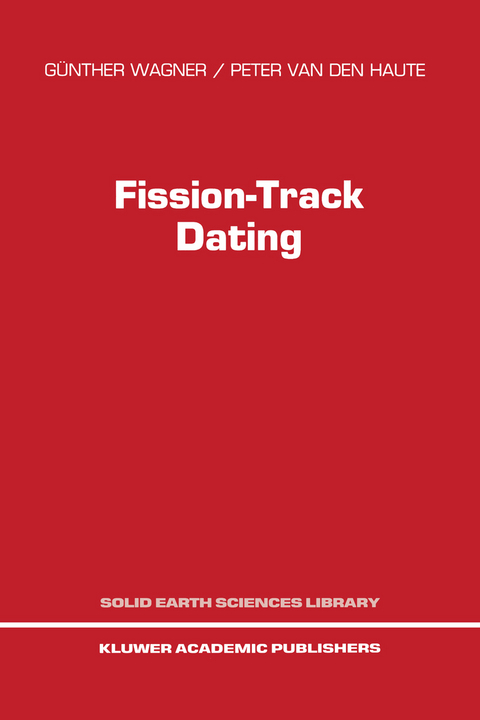
Fission-Track Dating
Springer (Verlag)
978-94-010-5093-7 (ISBN)
The present work is the first one to deal entirely with fission track dating covering all of its aspects from the origin of the fission tracks, the basis of track etching and fading, the various dating techniques as well as practical procedures and the geologic interpretation to the most recent applications in geology and archaeology.
Particle Tracks and Fission Tracks.- 1.1. Particle Tracks in Solids: Generalities.- 1.2. Structure of the Latent Track.- 1.3. Track Formation.- 1.4. Nuclear Fission and Formation of Fission Tracks.- Track Revelation and Observation.- 2.1. Techniques of Track Revelation: Chemical Etching.- 2.2. Etched Tracks in Glass.- 2.3. Etched Tracks in Crystals.- 2.4. Microscopic Observation.- 3. Fission-Track Dating Method.- 3.1. Natural Tracks and their Origin.- 3.2. Principles of the Dating Method: Fundamental Age Equation.- 3.3. Practical Age Equation.- 3.4. Relevant Nuclear Parameters.- 3.5. Dating Systems and their Calibration.- 3.6. Dating Procedures and Techniques.- 3.7. Practical Considerations.- 3.8. Data Analysis and Error Calculation.- 3.9. Age Standards and Accuracy of Age Determination.- 3.10. Data Presentation.- 4. Fading of Fission Tracks.- 4.1. Causes of Track Fading.- 4.2. Track Annealing under Experimental Conditions.- 4.3. Track Stability under Natural Conditions.- 5. Geological Interpretation.- 5.1. Intersecting Probability of Faded Tracks.- 5.2. Partial Annealing and Effective Retention of Tracks.- 5.3. T-t-Path and Fission-Track Accumulation.- 5.4. T-t-Path and Fission-Track-Length Distribution.- 5.5. Types of Fission-Track Age.- 5.6. Age-Depth Profiles.- 5.7. Correction of Track Fading.- 6. Applicability.- 6.1. Time Span.- 6.2. Geological Materials.- 7. Application.- 7.1. Tephrochronology.- 7.2. Post-Orogenic Uplift of Mountain Belts.- 7.3. Epeirogenic Uplift of Basements.- 7.4. Age and Amount of Displacement along Faults.- 7.5. Thermal Evolution of Sedimentary Basins.- 7.6. Age and Thermal History of Ore Deposits.- 7.7. Meteoroid Impacts.- 7.8. Sea-Floor Spreading.- 7.9. Archaeological Application.- Appendix A: Etching Conditions for the Revelation of Fission Tracks.- Appendix B: Annealing Properties of Fission Tracks in Minerals and Glasses.- Appendix C: Fundamentals of Error Calculation in Fission-Track Dating.- References.
| Reihe/Serie | Solid Earth Sciences Library ; 6 |
|---|---|
| Zusatzinfo | XIII, 285 p. |
| Verlagsort | Dordrecht |
| Sprache | englisch |
| Maße | 160 x 240 mm |
| Themenwelt | Naturwissenschaften ► Geowissenschaften ► Geologie |
| Naturwissenschaften ► Geowissenschaften ► Geophysik | |
| ISBN-10 | 94-010-5093-7 / 9401050937 |
| ISBN-13 | 978-94-010-5093-7 / 9789401050937 |
| Zustand | Neuware |
| Haben Sie eine Frage zum Produkt? |
aus dem Bereich


